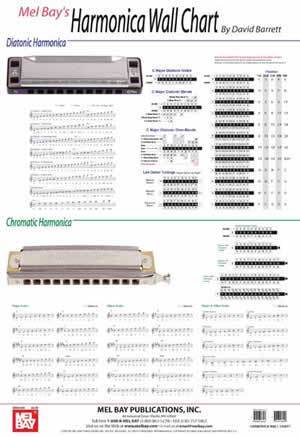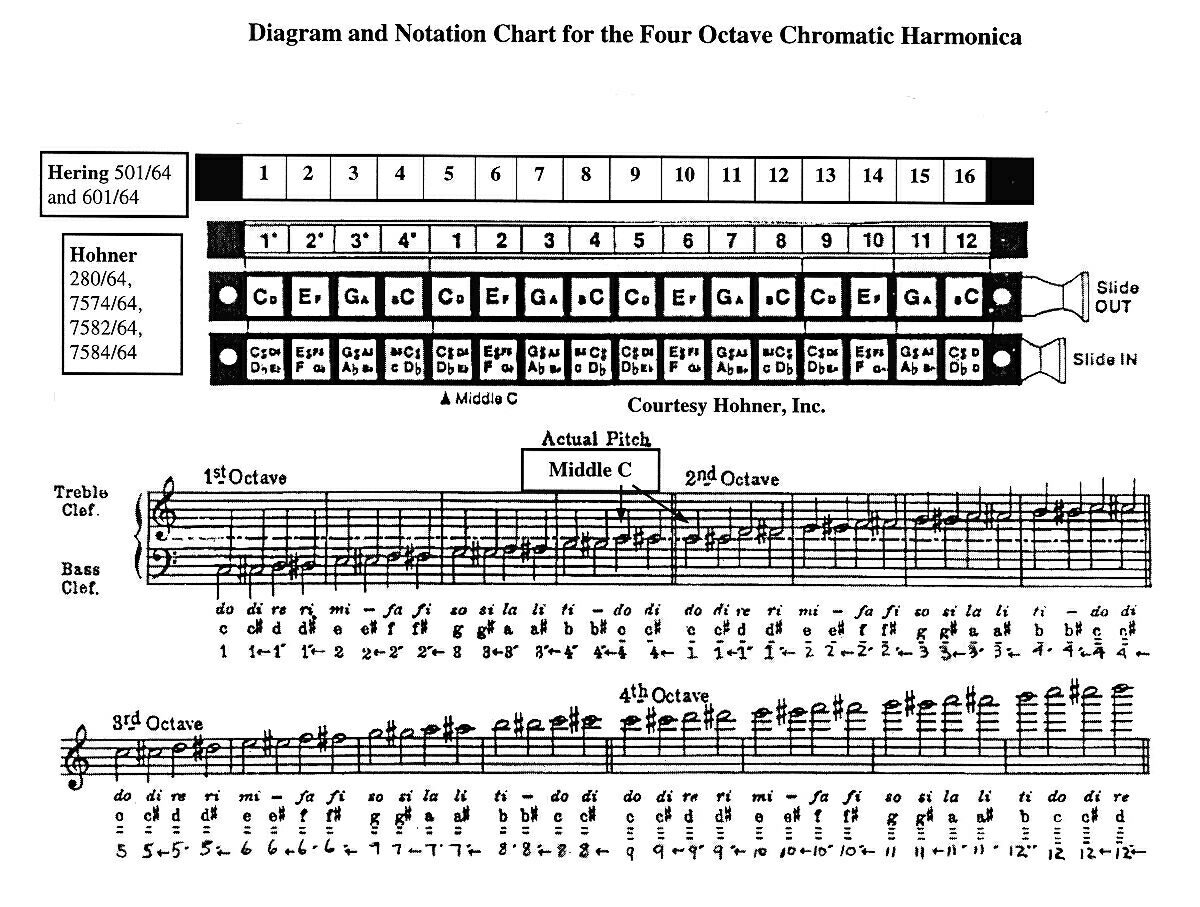

- Diatonic vs chromatic harmonica how to#
- Diatonic vs chromatic harmonica full#
- Diatonic vs chromatic harmonica pro#
- Diatonic vs chromatic harmonica professional#
The Harmo Angel 12 is a professional grade chromatic harmonica that offers all the features you want from a chromatic harmonica: Warm sound, comfortable mouthpiece and easy to play slider. Here is what you get when you play without the slider engaged on a 12 hole standard chromatic harmonica:Īnd now the same tab layout with the chromatic harmonica slider in: Then they added a new system with a slider that when pressed allows access to more reeds that would play the sharp and flat notes missing on a diatonic model. In order to do so they used the solo tuning which is actually what you find in the middle of a diatonic harmonica (holes 4 to 7) and repeated it on 3 octaves and 12 holes.

Hohner wanted to give musicians a “real” instrument to play with, one that has all the notes right off the bat. The Chromatic harmonica was released in the 1920’s much later than the diatonic model. Howard Levy and David Herzhaft are tow players famous for their chromatic usage of the diatonic harmonica as showcased on the album Jazzin Around.
Diatonic vs chromatic harmonica full#
Overbends are used to play Jazz or musical genre where you actually need the full chromatic scale. We can get these by using techniques called bends and overbends (or overblows) but they require a lot of practice and work. We can only play 19 notes by blowing or drawing out of 37. We can also see that a lot of notes are missing. The diatonic harmonica is called diatonic for a reason: You can play a full diatonic scale on it. The Polar valved is a great model that uses this feature. These valves will let you bend in places where you usually can’t at the expense of losing the option to overblow. Standard tuned model also sometimes comes with added valves.
Diatonic vs chromatic harmonica pro#
As you can see with the Harmo Polar line diatonic harmonicas they come in standard tuning for all 12 keys such as C, Db, D, Eb, E, F, F#, G, Ab, A, Bb and B but are also available in other tunings like Natural minor tuning, Harmonic minor tuning, Super Country tuning and Paddy richter.Įven though the most common model is 10 hole there are 4 hole models like the Harmo Mini-mo (keychain harmonica), 6 hole like the Seydel big six that gives you the first 6 holes of a 10 hole and a few 12 hole models such as the Hohner Marine Band 364/24 and the Seydel Solist Pro 12 Steel This tuning is called standard Richter tuning and is the most frequently used tuning for diatonic harmonicas.

Those 2 chords are used extensively by Blues players. You now have 2 major chords you can use C and G. So starting on hole 4 blow going up we get C, D, E, F, G, A, B and C which is the scale of C major and will let you play many famous melodies.Ģ- Holes 2, 3 and 4 draw form a G major chord a fifth away from the harmonica key (C). Now looking at the draw notes there are two interesting features:ġ – Holes 4 5 6 7 draw combined with 4 5 6 7 blow create a full diatonic major scale in the key of C Then if you look closer you will see that 123, 456, 789 blow are a C major chord: C E G. If you would play a harmonica in A the 1, 4, 7 and 10 blow would then be an A.
Diatonic vs chromatic harmonica how to#
To understand better how to play the harmonica you need to visualize and understand the note layout.įrom this harmonica note layout in the key of C we can understand how the instrument works.įirst on hole 1, 4, 7 and 10 blow you find the root of the harmonica key. There are only 3 parts that make a harmonica, the comb, the reed-plates that holds the reeds that create the notes and the covers that protects the reeds and at the same time create a resonance chamber to diffuse the sound.

It has a range of 3 octaves which is very wide for such a small instrument. The diatonic harmonica typically has 10 holes and each hole can produce a minimum of 2 notes when you blow or draw in it. Its simplicity in design, tag price and ease of access are most likely the reason for that. The Diatonic Harmonica:Īlso called the blues harp, tin sandwich, Mississippi Blues saxophone and a few more nicknames the diatonic harmonica is the most popular harmonica in the world. In this article we’ll discuss the main differences between diatonic and chromatic harmonicas so that you can decide for yourself which one is best suited for you and the music you want to play with your harmonica!įirst let’s see how the diatonic harmonica works.


 0 kommentar(er)
0 kommentar(er)
